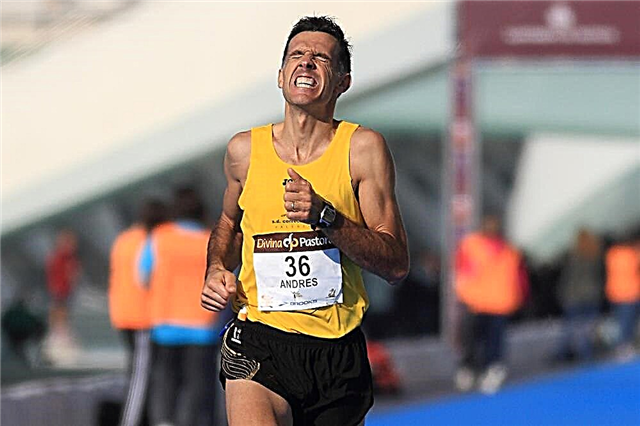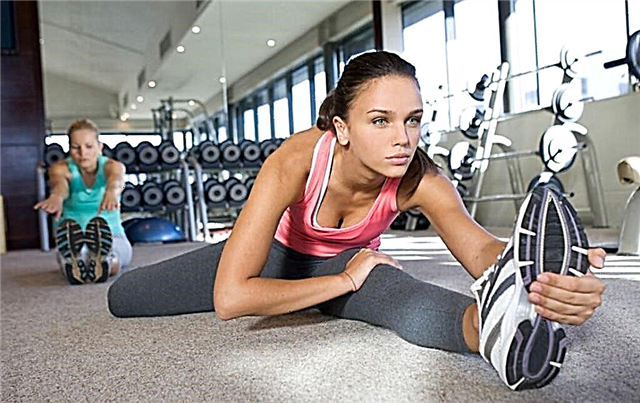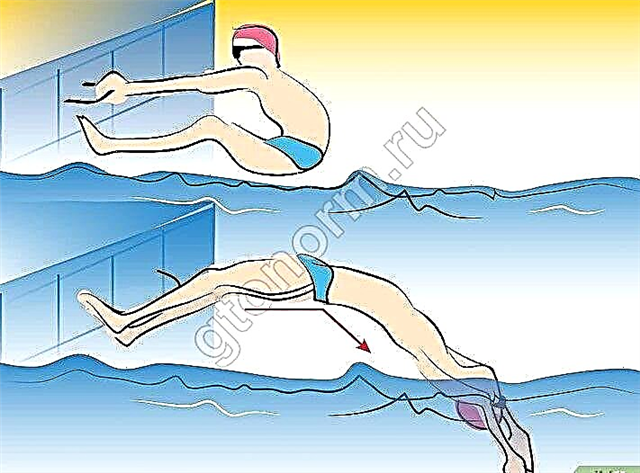Would you like to know how to learn to walk on your hands or with the help of a partner? Do you think this exercise is only available to trained gymnasts? No matter how it is - in fact, with proper training and good physical condition of certain muscle groups, anyone can learn how to walk.
In this article, we will look at how to walk on your hands using the help of a support or a belaying partner, as well as how to stand and move yourself. We will also tell you about the most common mistakes that almost all beginners make, and how to avoid them. In conclusion, we will briefly explain how such walking is useful and whether you can harm yourself.

Preparatory stage
First of all, you must objectively assess the level of your physical fitness and if it is not strong enough, you will have to pump up. Let's look at the benefits of walking on the hands, which muscle groups it effectively trains:
- Shoulders. Test yourself, how many times can you pull up on the bar and do push-ups lying on the floor? If 5-10 times and without effort, you have strong enough shoulders to start walking upside down.
The best way to clearly demonstrate how to learn how to walk on your hands is video, just open any video hosting site, type in the desired search query and delve into the instructions.
- To learn to walk upside down, you need flexible wrists. Pull your upper limbs forward, palms down, and pull your fingertips up. If you can get your hands perpendicular to your arms, then your wrists are flexible enough.
- If you are wondering how to quickly learn to walk on your hands and not fall, develop a sense of balance first. Perform a simple exercise: stand up straight and tilt your torso forward, stretch your right arm forward and your left leg back and lock the position. Your torso, arm and leg should be on the same line, strictly parallel to the floor. If you manage to stand like this for at least 30 seconds, you are fine with a sense of balance.

In order to properly prepare the body for future stress, we recommend doing the following exercises every day:
- Pull-ups on the bar;
- Lying push-ups;
- Walking on 4 supports. Place your palms on the floor - make sure that they, like your feet, are in full contact with the surface. Start moving around the room, while trying to keep your back straight, do not hunch over or bend;
- Sit on the floor with your palms behind your back and slightly spread your elbows. Bend your legs at the knees and place them on the floor, also slightly apart. Lift the fifth point up, the body weight should go to the limbs. Now start moving in this position.
How to learn to walk upside down with the help of a partner?
Walking on hands with the help of a partner is considered a lighter version of this exercise, because in this case the person does not need to worry about balance. Also, he has no fear of falling, because he is sure that his partner will surely hedge him and keep his ankles in the right position. By the way, the partner method is a great option that helps to learn how to walk correctly on hands, for children and adults without experience.

The essence of the technique is as follows: as soon as a person performs a push with his legs up, the partner insures him, preventing the risk of falling. While walking, he gently supports the ankles, preventing the legs from falling straight, back or to the sides. The main disadvantage of such walking is that the athlete will not be able to learn how to maintain balance on his own, which means he will not be able to walk like that without support.
Thus, if you want to quickly teach your child to walk on your arms, start practicing immediately without additional support.
How to learn to walk upside down on your own?
First of all, you must understand that it is impossible to correctly learn to walk on your hands in 5 minutes from scratch, you will need at least time to assess your level of fitness. If you make sure you have strong enough shoulders, flexible wrists, and a good sense of balance, feel free to try.
- Any workout always starts with a warm-up. Be sure to do some exercises to warm up your shoulder muscles, abs, back, and wrists.
Do you know which muscles work when walking on your hands? Triceps, shoulders, abs and lower back, these are the ones that need to be flexed first.
- We do not recommend starting to learn to walk upside down against a wall, because in this case you will push harder from the floor, knowing that the support in front of you will hedge. If you start to learn to stand in the middle of the room, you will learn to catch balance much faster, which means that you will master walking in a shorter time.
- Make sure there are no foreign objects in the area where you are trying to learn to walk on your hands that could hurt you if you fall.
- By the way, about the fall. Do not be afraid of him, the most important thing is to learn how to group correctly. We will talk about this below, in the section on the correct exit from the rack.
- If you are afraid to immediately stand on outstretched limbs, try a forearm stand. Place them on the floor, push with your feet up and fix your shoulders perpendicular to the floor. Wait for about 30 seconds. Due to the increased area of the fulcrum, such a stand allows you to "make friends" with balance much faster.
- Any training in the exercise "hand-walking" always begins with the main rule: keep your shoulders strictly above your palms. Place the latter on the floor and slightly bring your shoulders forward so that they are directly above your palms, in one line. Now push gently with your feet up. Do not be afraid, otherwise the push will be weak and you will fall over.
- Once you are able to secure the stance, start moving your arms, taking steps. Keep your legs perpendicular to the floor, do not fold them forward, backward or to the sides, and do not spread them.
Don't be discouraged if things don't work out right away. The most important thing is perseverance and a lot of training. And after you've worked your technique perfectly, you can try handstand push-ups.

How to learn to exit the rack correctly?
We will look at what walking on hands gives a little later, but now, let's figure out what to do if you start to fall:
- Do not panic;
- Try to group up and jump to the side - so the risk of hitting hard is the smallest;
- Bend your knees and arch your back in an arc, take a few quick steps forward - as a result, you will fall to your feet, and do not hit your back;
- If you perfectly master the sense of balance, we will teach you not to fall at all. If you feel yourself falling over, bend your legs and pull them slightly forward. The center of gravity will force you to take several steps forward. During this time, you should be able to fix the balance. If not, read point 3.
- Remember, learning to fall correctly is just as important as walking!

The main mistakes of beginners
- Many people negligently "hammer" into a warm-up, resulting in sprains and severe muscle pain the next morning;
- It is best to immediately go to the center of the hall, not counting on a partner or a wall;
- Because of the fear of hitting your back, it can be very difficult to push your feet up for the first time. We recommend spreading mats and pillows around - then it will be less dangerous;
- It is wrong to stand up if the palms are on the floor much further than the shoulders. You will almost certainly fall when your body tries to stand upright in a forward motion.
- If you are afraid to make a confident push up, practice walking on your hands and feet at the same time, as well as learn how to properly exit the rack. In other words, learn to fall and not be afraid of blows.

What is the benefit of such walking?
This exercise perfectly develops the muscles of the shoulder girdle, back and abs. It's easy to do, but it boosts your self-esteem tremendously. Try to explain how to learn how to walk in your arms at home to your child, and in a week he will conquer his classmates with this funny and, at the same time, spectacular trick.
This exercise improves physical qualities such as balance, endurance, and strength. It perfectly strengthens the core, makes the shoulders and forearms stronger. It also stimulates the endocrine system, as in the upside down position, the blood rushes to the head, thereby triggering the production and assimilation of hormones important for normal life. It’s also fun, which means that if you learn to walk upside down, you will always be able to regain your great mood.

This exercise has contraindications, the performance of which can harm the body:
- Due to the blood flow to the head, pressure can jump, therefore, it is not recommended for people who are prone to its drops.
- Also, this position of the torso increases the pressure on the eyes, so hanging upside down is prohibited in glaucoma.
- If you have thin skin, the headstand can rupture the capillaries in your face, which is not aesthetically pleasing.
To summarize all of the above, everyone can learn to walk on their hands. The most important thing is to be persistent, have a strong desire and strong hands. Throw your fears aside - this mountain is sure to submit to you!








